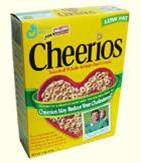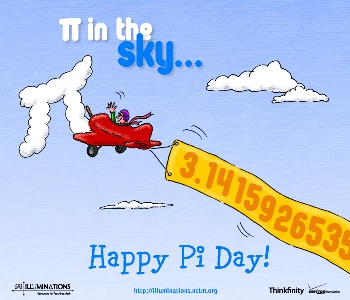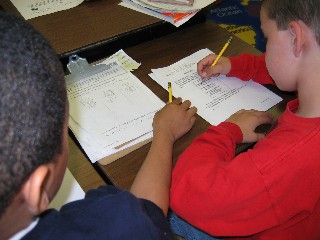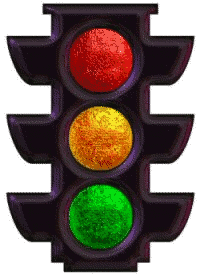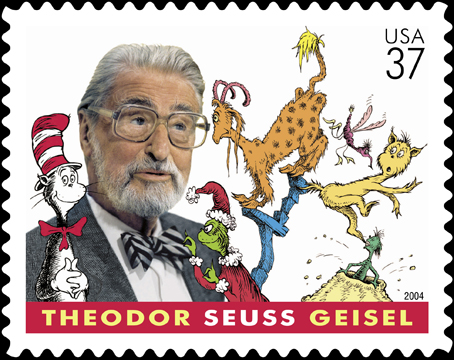Use these simple steps to help students master this all-important skill. Consistent use of these strategies will definitely improve both student confidence and student proficiency.
Review the Rubric with Students
Most teachers use rubrics to score student responses to open-ended questions. Make sure students understand the rubric so that they know exactly what they must provide to get the best score. Teachers use a variety of strategies to provide this training:
[Read more...]
Use the Writing Process Approach
Students are accustomed to editing their first drafts in language arts, reworking their writing to craft a better response. Regularly include these practices in math class. After writing, students should use the rubric to examine their response and annotate, clarify or reorganize, as needed, to craft a tight response. Students should be encouraged to use words, pictures and/or numbers to capture their thinking process in these open-ended questions. They must also understand that there are many different ways to achieve a perfect score as long as they accurately show their thinking toward a correct answer.
[Read more...]
Provide Independent Practice
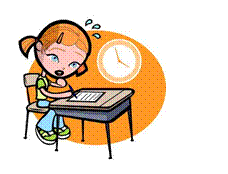 | Students will complete open-ended problems in both classroom and state testing situations, most likely under timed conditions. Teachers should continue to use a combination of the writing process approach (to grow better math writers) and the independent response situation, in which students must apply good practices to producing their best responses under test conditions. A combination of these approaches, used throughout the school year, is the best instruction and preparation for state testing.
Check out the Mathwire Problem Solving collection. |




